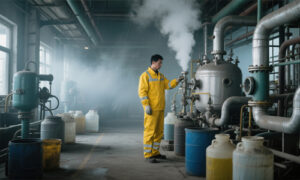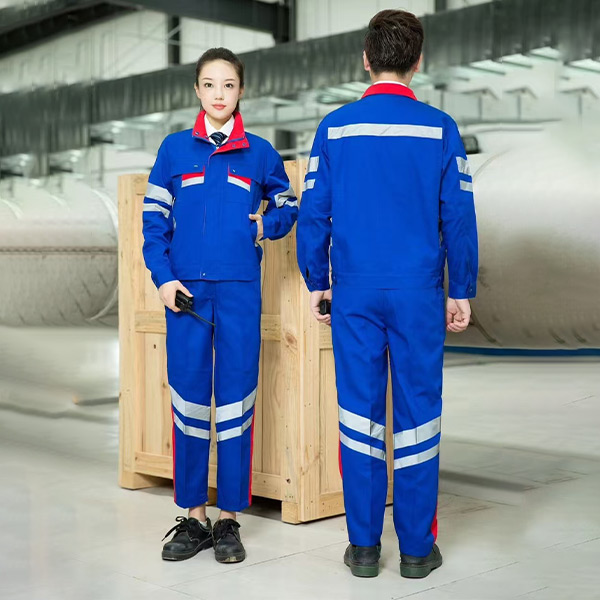In high-risk industries such as chemical, electric power, and metallurgy, work clothes are not only a protective barrier, but also a guardian of life. With the advancement of science and technology, flame-retardant work clothes are undergoing technological innovation to provide multi-faceted safety protection for workers.
Although traditional flame-retardant fabrics can resist flames, in complex working environments, a single function can no longer meet the needs. The new flame-retardant work clothes use multi-layer composite technology to integrate flame retardant, anti-static and acid and alkali resistance functions. For example, a chemical company customized acid and alkali resistant work clothes, the inner layer uses anti-chemical corrosion Teflon coating, and the outer layer is integrated with anti-static fiber, which effectively avoids accidents caused by sparks.
The introduction of intelligent monitoring system is another highlight. Through embedded sensors, work clothes can monitor the ambient temperature and toxic gas concentration in real time, and immediately trigger an alarm once it exceeds the standard. This dual mechanism of “protection + early warning” allows workers to evacuate in time before danger comes.
In addition, ergonomic design makes protective clothing more in line with actual needs. Flexible joint cutting and breathable mesh design ensure freedom of movement and improve comfort during long-term work. A power company reported that the new anti-static work clothes have a higher fit when working at high altitudes, greatly reducing the safety hazards caused by clothing fluttering.
With the improvement of industry standards, flame-retardant work clothes are developing in the direction of lightweight and multifunctionality. In the future, the combination of nano-coating technology and smart fabrics will make protective equipment smarter and more reliable, and build a solid line of defense for safe production in high-risk industries.











